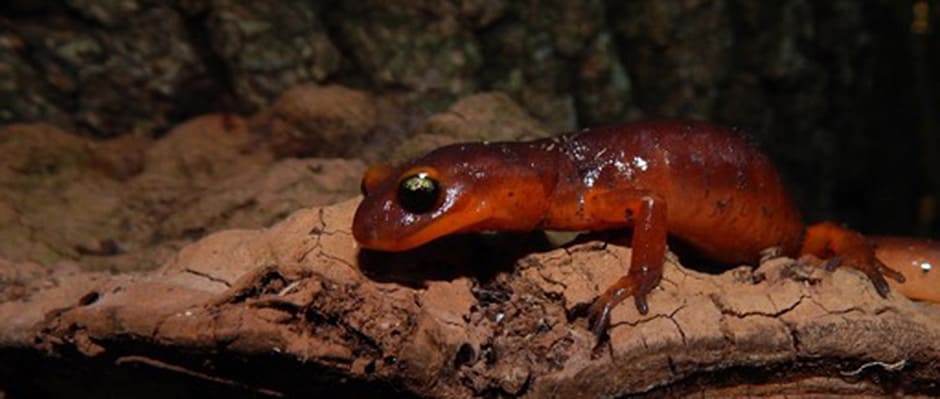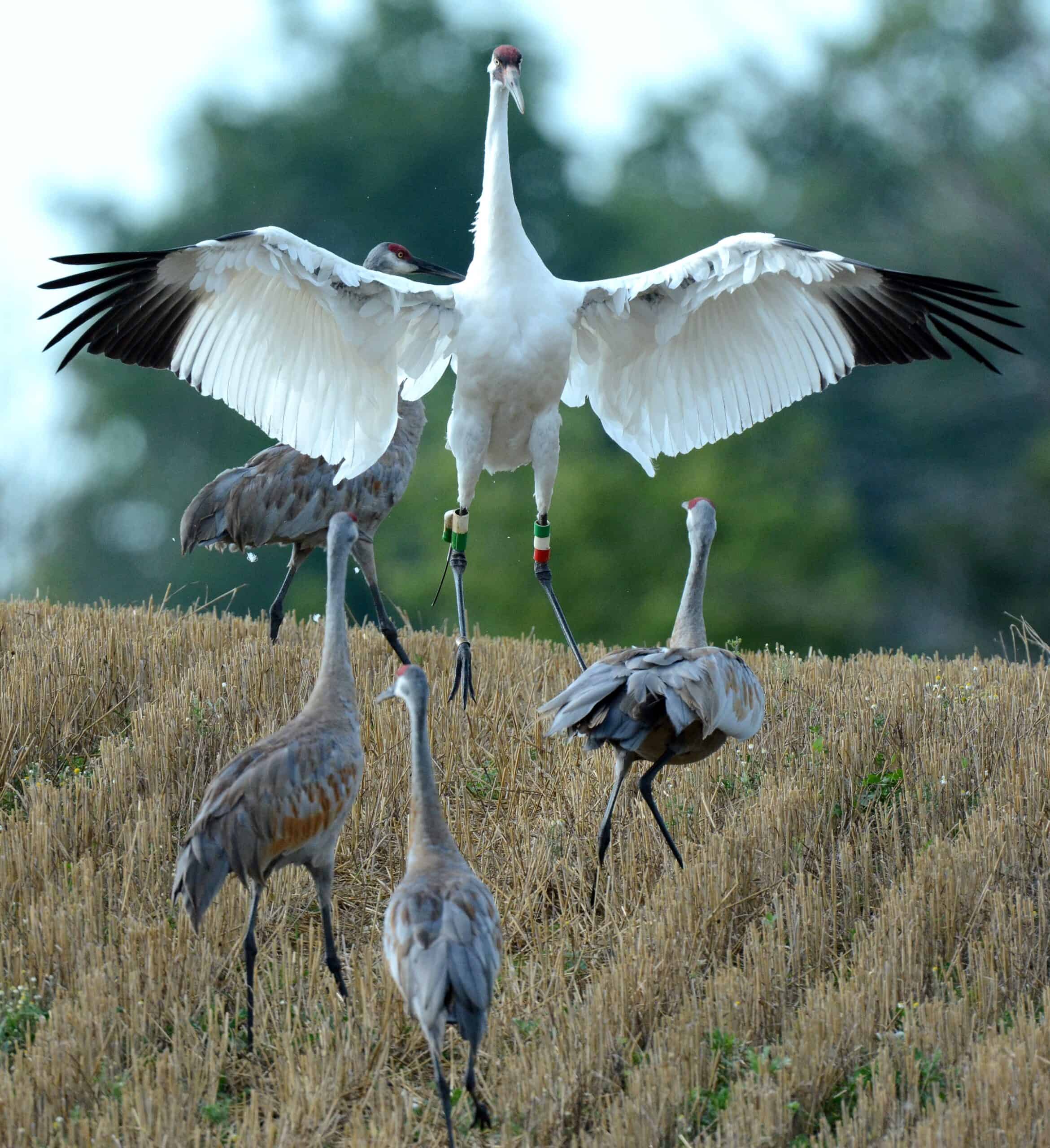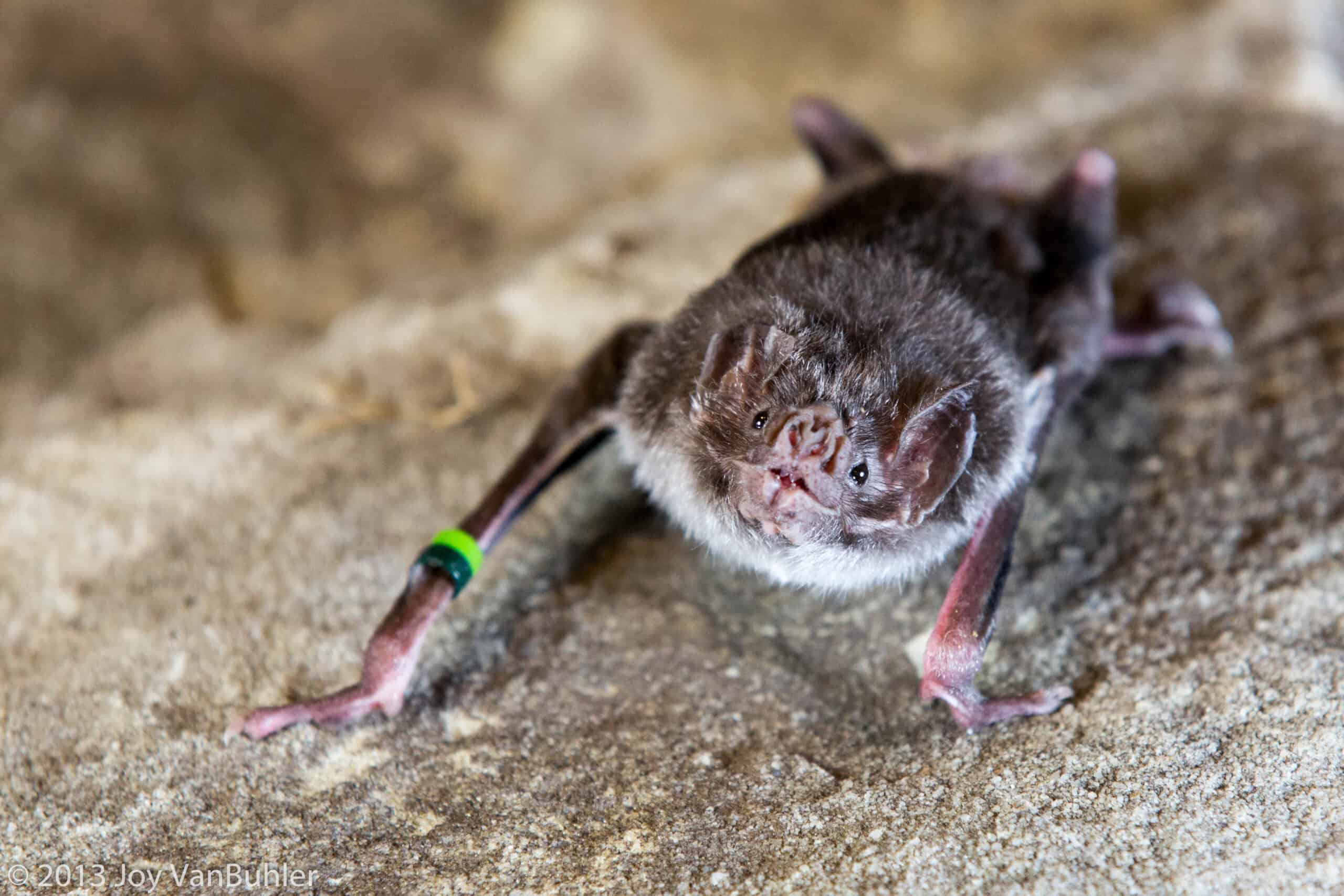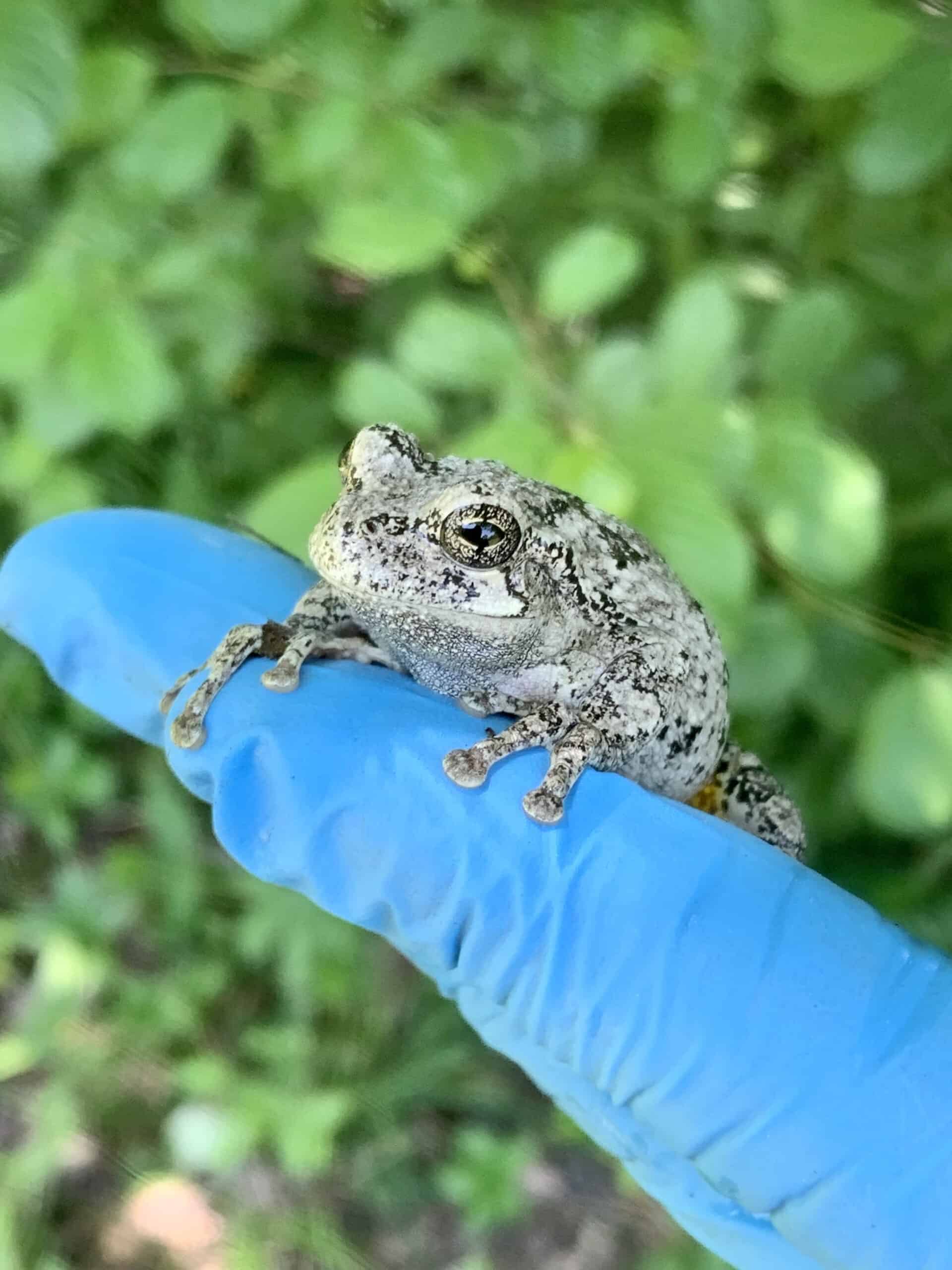Share this article
Cold-blooded Animals Will Have Global Warming Struggle
Animals that are cold-blooded or unable to regulate their internal body temperature may find it hard adjusting to global warming changes, according to a recent study.
For their study published in the Proceedings of the Royal Society B., biologists from the University of California, Berkeley and San Francisco State University completed a meta-analysis in which they analyzed 112 published studies on plasticity — the ability of individual animals to change their thermal tolerance when they experience new environmental temperatures. They found that cold-blooded animals have an especially difficult time adjusting to temperatures, and that on average most ectotherms aren’t flexible to global warming changes.
“Overall, we found that even though all of the animals have some plasticity, they all have relatively low levels of plasticity,” said the study’s lead author Alex Gunderson, who is a postdoctoral fellow at San Francisco State. “As environmental temperatures rise due to global warming, the animals will get closer and closer to their thermal limits, and plasticity won’t do much to help them.”
The researchers discovered that there are differences in animals’ plasticity based on their habitat type. Terrestrial ectotherms such as lizards and insects have less plasticity than fish and crustaceans, Gunderson said. Because of this, as the Earth warms, many such species will have a hard time surviving in the changing climate.
The analysis covered about 230 cold-blooded species including common animals to the United States such as horned lizards (Phrynosoma), garter snakes (Thamnophis), various trout and salmon. Some studies reviewed in the meta-analysis measured plasticity by putting the same animal in different temperatures and then measuring the difference in their thermal tolerances by their ability to withstand extreme heat or cold.
“The difference between terrestrial and aquatic animals is that the aquatic ones have a higher capacity to adjust, but it is still relatively low,” Gunderson said. “Ideally, if temperatures went up three degrees, the animals’ tolerance would go up three degrees as well. But that’s not what we see.”
And while hypotheses have suggested that animals in high latitude regions have greater plasticity than those in the tropics, Gunderson and his team found this to be untrue. “We analyzed the data for heat tolerance and there were no latitudinal patterns at all,” he said.
Gunderson said their analysis suggests that some animals such as lizards, insects and snakes can’t rely on plasticity to buffer themselves. “They have to rely on behavior adjustments or evolve higher tolerances,” he said.
Some behavior adjustments have already been observed, according to Gunderson. These include behaviors such as animals moving to higher altitudes or elevations as well as the movement of animals that usually spend a lot of time in the sun to the shade. However, Gunderson said not all animals live in environments where these changes are available to them and some are restricted from moving because of human development.
“In many cases, we’re cutting off the route for many animals to escape,” he said. “This affects management decisions now, and it is the reason for building refuges where they can go in the future.”
Gunderson said managers can use the information from this study to help more effectively determine what habitats will be most suitable for cold-blooded animals that are affected by global warming.
“Most species distribution models that include thermal tolerance or thermal activity don’t usually incorporate plasticity,” he said. “This study provides general plasticity data that can be used in future models.”
Header Image:
The Ensatina salamander (Ensatina eschscholtzii) and other blooded ectotherms have a difficult time adjusting to temperature changes, putting them at greater risk from global warming.
Image Credit: Alex Gunderson








